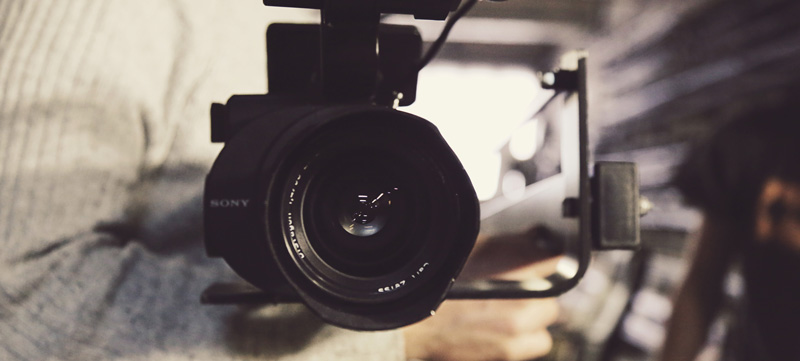By Mackenzie Whitfield, Harden Communications Partners
Much of the fear and anxiety that comes with the idea of participating in a media interview, comes from the dread of answering a question incorrectly or not being able to articulate what you really mean. A way to get around this, is to hone in on what you want to say by utilizing key messages.
Key messages, as we mentioned in last month’s story How to be an Effective Media Spokesperson, are the most important pieces of information you want your audience to take away from the interview. It’s also important to remember that on average the most information anyone can retain from a typical interview is three key facts. With that in mind, capitalize on this knowledge and establish three key messages.
Typically, a key message consists of a short, clear and concise statement followed by a positive supporting point that validates the message. While figuring out what this means on your own can be daunting, working with a public relations agency like Harden Partners, will help you brainstorm what your key messages are and practice your delivery . An agency can also find out the parameters of the interview ahead of time, including what types of questions the journalist will ask during the interview, as well as suggest questions for the journalist to ask. This means ahead of time you should know your main interview topics and questions, taking the element of surprise out of the equation.
Here is an example of a strong key message (remember key statement or point, backed up by an example):
Financial Women of San Francisco help women achieve in the financial services industry by providing scholarships, networking events and a mentoring program.

When delivering your key messages, emphasize critical messages by using language and non-verbal techniques, this is called underscoring. Underscoring helps the reporter and audience identify what information is important during the interview. Using gestures, eye contact, leaning into the reporter and voice inflection also help get your point across. Additional phrases you can use to stress importance are:
Bridging is a technique to use when you feel you’re getting off track or to transition from a topic back to your key message. For example, once you’ve started using your key message to answer the journalist’s questions, sometimes they start getting a little off topic, or will ask you something you don’t necessarily want to talk about. Using bridging is a way to bring the conversation back to your key messages and can also show initiative by volunteering new information and allowing you to share more of your story. Phrases you can use for bridging include:
Like any good politician, remember you can repeat your content in a number of different ways to reinforce your point. Repeating your messages during the interview also helps the reporter and the audience to remember your key points, so make sure you practice a variety of ways to describe your key messages. Also be sure to state your organization’s name whenever talking about them instead of using “we” to better help the audience remember who you are representing. The interview will probably be edited so if you say “we” instead of your organization’s name, you may find the name isn’t included in the final version.
Finally, to make yourself feel more confident and at ease with using these communication techniques practice them as much as you can. Ask a family member or a friend to help you with a mock interview, videotape your responses, and practice saying your responses outload--this will all help you better determine what areas you need to work on for the interview and where you can improve or be more confident in your response.
By implementing these techniques and spending the time practicing, you will naturally start to feel more comfortable answering journalist questions. All this work then contributes to the long-term shaping of your personal image and your organization’s reputation, both with journalists and the community, as a trusted thought leader in your industry.